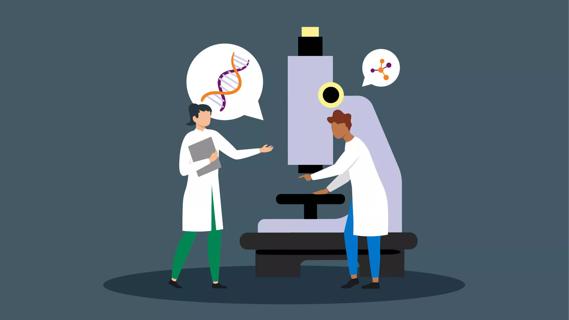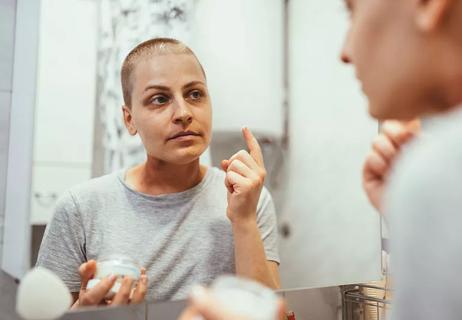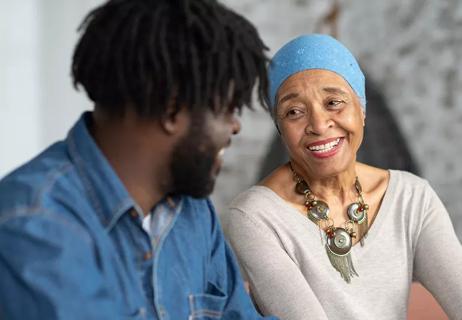There are often options, even at age 99

By Mikkael Sekeres, MD, MS
Advertisement
Cleveland Clinic is a non-profit academic medical center. Advertising on our site helps support our mission. We do not endorse non-Cleveland Clinic products or services. Policy
If you’re an older adult and your doctor tells you that you have leukemia, you may think (or may have even been told) the only thing you can do is to get your affairs in order. However, what many people don’t realize is that we can treat every person diagnosed with acute leukemia, no matter their age and medical condition.
Leukemia is often considered a childhood illness. Even though it is one of the most common childhood cancers, the blood disorder cancer actually affects far more adults.
According to the National Cancer Institute, leukemia is most frequently diagnosed among people between the ages of 65 and 74 years. The median age at diagnosis is 66. There are treatment options for patients of all ages, include chemotherapy and blood transfusions.
We often joke — though it is no joking matter — that leukemia needs a better press agent. The older patient is often pleasantly surprised to hear what we have to say about options for treating them. I have treated patients as old as 99.
A person in his 60s who undergoes intensive chemotherapy has a 55 to 60% chance of going into remission. This means that all signs and symptoms of cancer disappear, although the cancer may still be in the body.
Advertisement
There are risks with undergoing treatment, however, including infections and death. But those risks also exist without treatment: If a patient in his 70s declines treatment, life expectancy is three to four months, with a risk of infections and other complications. Life expectancy with treatment is longer.
Older adults diagnosed with leukemia should partner with oncologists who focuses on the disease. We have doctors and nurses — both inpatient and outpatient — who specialize in leukemia. We also have protocols in place for treating older adults with leukemia.
But I tell patients that this is really their decision, not mine. We talk about life goals. This is one of the most important discussions we have, to make sure that the recommended treatment meets your goals and expectations.
Advertisement
Learn more about our editorial process.
Advertisement

Both leukemia and lymphoma are blood cancers — but one is found in your bone marrow, while the other is found in your lymph nodes

This cancer of the blood is rarely passed down, but genetics can help determine risk

AML chemotherapy side effects can be challenging. Here’s how to keep them in check

Diet and exercise choices to manage acute myeloid leukemia symptoms

7 tips to guide you through their treatment

Your tolerance decreases with age, thanks to body changes, health conditions and medications you may take

Exercising and stretching your lower back, hamstrings, hips and quads can greatly improve your physical well-being

Many chronic conditions can cause fatigue — but don’t overlook mental health concerns, iron level and hormones

Babies can get congested easily, but you can calm their cough by keeping them hydrated, using nasal drops and running a humidifier

Weight loss may cause loose, sagging skin and muscle loss to your rear

Several conditions, like vitiligo and fungal infection, can cause a loss of pigmentation, leading to white spots or patches on your skin